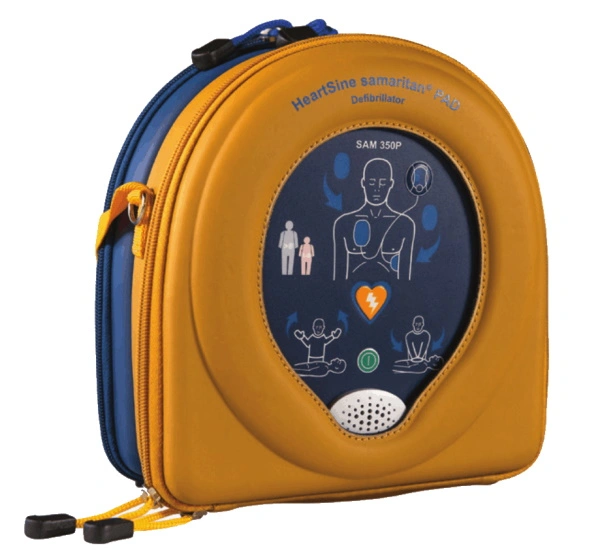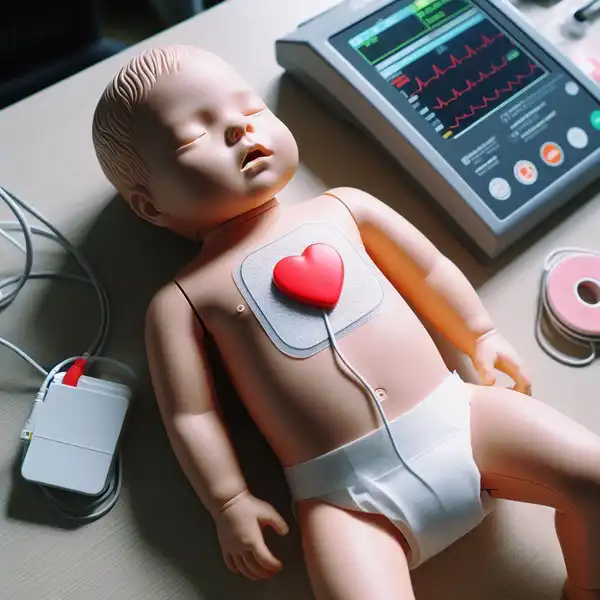AED Safety: Why You Don’t Need to Worry About Accidental Shocks
Let’s talk about something that’s on a lot of people’s minds when it comes to AEDs (Automated External Defibrillators) – the fear of accidental shocks. Good news: you can put those worries to rest. Unless misused, defibrillators will not accidentally shock you. Here’s why.
AEDs Are Smarter Than You Think
First things first: AEDs are designed with safety in mind. They’re not just blindly zapping away. These clever devices have built-in sensors that analyze a person’s heart rhythm. They’ll only deliver a shock if it’s actually needed. No random zaps here!
The Only “Accidental Shock” Scenario
Now, you might be wondering, “Is there any way to get accidentally shocked?” Well, there’s really only one way: if you’re touching the patient when the AED delivers a shock. But here’s the kicker – AEDs are designed to prevent even this from happening.
How AEDs Keep You Safe
AEDs are like that friend who always reminds you to tie your shoelaces. They come with voice prompts that tell you exactly what to do, including when to stand clear. Before delivering a shock, the AED will loudly announce it, giving everyone time to back away. It’s like a built-in safety coach.
The Bottom Line
The takeaway here? AEDs are incredibly safe. They’re not going to shock anyone accidentally. They only shock when needed, and they make darn sure everyone’s standing clear before they do.
So next time you see an AED, remember: it’s there to save lives, and it’s smart enough to do it safely. No need to be nervous – these devices have got your back (and your heart).
Got more questions about AED? Check out our article on understanding defibrillators and their functions.






